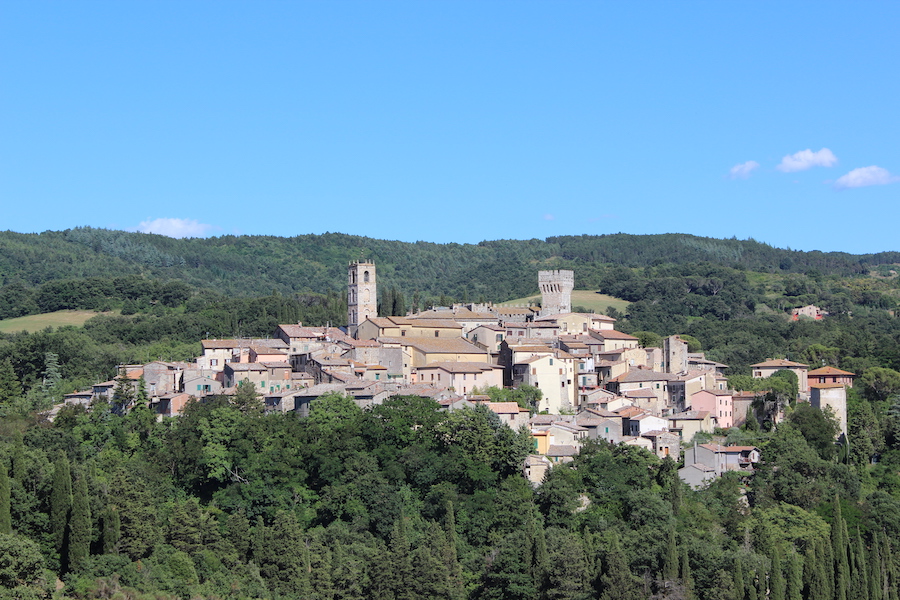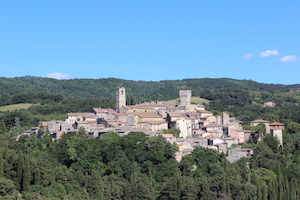
ROME (AP) – Italian authorities on November 8 announced the extraordinary discovery of 2,000-year-old bronze statues in an ancient Tuscan thermal spring and said the find will “rewrite history” about the transition from the Etruscan civilization to the Roman Empire. The discovery, in the sacred baths of the San Casciano dei Bagni archaeological dig near Siena, is one of the most significant ever in the Mediterranean and certainly the most important since the 1972 underwater discovery of the famed Riace bronze warriors, said Massimo Osanna, the Culture Ministry’s director of museums.


